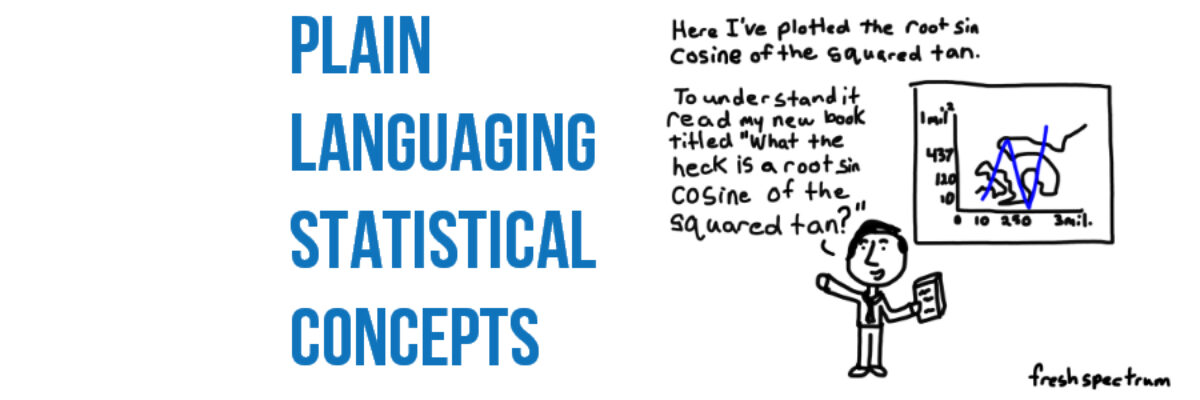My main rule of thumb is that you can show measures of variability in your graph so long as you can explain what they mean in an extremely concise subtitle. Translating scientific jargon for a lay audience may be the most challenging aspect of communicating data effectively.
Work from some of these suggestions to capture the translation in your own words, in a way that will make sense for both you and your audience. Try your best not to get too tangled up in academic technical precision, which usually requires an entire chapter of explanation. The idea is to be brief and unburdensome.
Standard deviation
Where the core middle of our respondents fell
Most answers fell in this range
How spread out (how much above and below) something is from the average
Confidence interval
Statistically, there’s a chance the actual score falls in this range
This represents where the actual answer plausibly could be
We are statistically as close as possible to certain that the answer is within this span
A statistical device for saying, “I am pretty sure the true value of a number I am estimating is within this range” (from Quora)
Statistical significance
Statistically speaking, this difference is significant
Our calculations show that this growth did not just happen by chance
What we are measuring (values) between Group A and Group B are different because of real differences between the groups, not something that happened by chance
Statistical significance shows how likely a pattern in your data is due to chance (from Survey System)
Statistical significance is a mathematical tool used to determine whether the outcome of an experiment is the result of a relationship between specific factors or the result of chance (from Wisegeek)
Margin of error
Our answers could be off by a few percentage points in either direction
Margin of Error tells us how well the spoonfuls represent the entire pot (from iSixSigma)
Put it in your own words, but always explain the measure of variability in the graph via a subtitle or annotation when presenting to an audience that is not full of your scientific peers.
Have other ways of explaining these things succinctly? Add it in the comments.
And thanks to Viki Lorraine for help with the translation.
This post is an excerpt from my upcoming book, Visualizing Data Effectively. The best way to get the inside scoop on it’s release is to sign up for my newsletter.


